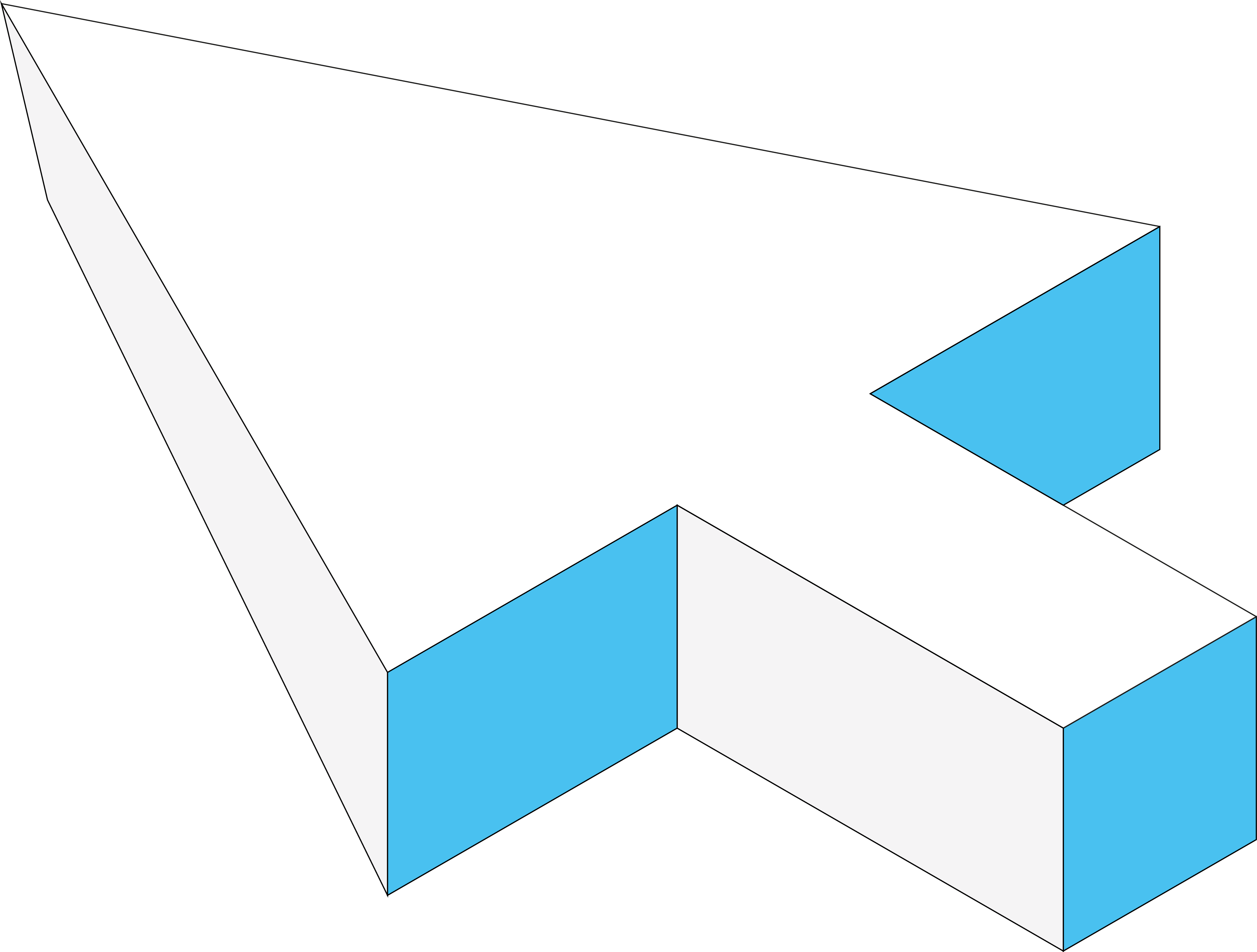React files and folder structure
React Project File and Folder structure
A well-organized file and folder structure is crucial for the maintainability, scalability, and readability of a React frontend project. While React itself doesn’t enforce a specific structure, adopting a logical and consistent approach is highly recommended. Here’s a breakdown of common practices and guidelines:
Core Principles:
- Clarity and Readability: The structure should be intuitive and easy for any developer to understand, even if they are new to the project.
- Scalability: The structure should accommodate the growth of the application without becoming a tangled mess.
- Maintainability: It should be easy to find and modify code, introduce new features, and refactor existing ones.
- Separation of Concerns: Grouping related files together based on their purpose or feature helps keep the codebase organized.
- Consistency: Once a structure is chosen, stick to it throughout the project.
Common Folder Structures:
Two prevalent approaches for organizing React projects are:
- Grouping by File Type: (should start by this)
- Organizes files based on their technical role (e.g., all components in a
componentsfolder, all pages in apagesfolder). - Simple and easy to grasp for smaller to medium-sized applications.
- Can become harder to manage in large applications as feature logic is spread across different folders.
src/ ├── assets/ # images, fonts, icons ├── components/ # reusable UI components ├── pages/ # route-level components ├── utils/ # helper functions ├── hooks/ # custom React composables ├── tests/ # shared test utilities ├── App.ts ├── index.ts └── ... - Organizes files based on their technical role (e.g., all components in a
- Grouping by Feature (Domain-Based):
- Organizes files based on the features or domains of the application (e.g., all files related to user authentication in an
authfolder, all files related to products in aproductsfolder). - More suitable for larger and complex applications.
- Keeps feature-related logic and components together, improving maintainability and understanding of specific parts of the application.
src/ ├── features/ │ ├── auth/ │ │ ├── components/ │ │ ├── pages/ │ │ ├── hooks/ │ │ ├── utils/ │ │ └── ... │ └── products/ │ ├── components/ │ ├── pages/ │ ├── hooks/ │ ├── utils/ │ └── ... ├── components/ (for shared/global components) ├── assets/ ├── utils/ (for shared utilities) ├── App.ts └── index.ts - Organizes files based on the features or domains of the application (e.g., all files related to user authentication in an
Many projects adopt a hybrid approach, combining aspects of both, which often proves effective for balancing simplicity and scalability.
Key Folders and their Organization:
Within the chosen structure, here’s a breakdown of common folders and how to organize files within them:
src/: This is the main directory for your application’s source code. Most of your development will happen here.components/:- Houses reusable UI components that can be used across different parts of your application.
- Can be further organized into subfolders for better grouping (e.g.,
components/buttons,components/forms,components/ui). - For feature-based structures, this folder is typically for truly global or shared components. Feature-specific components reside within the feature’s folder.
- Consider grouping component-related files (component file, CSS/styled-components, tests) within a single folder named after the component (e.g.,
components/Button/Button.ts,components/Button/Button.module.css,components/Button/Button.test.ts).
pages/(orroutes/):- Contains top-level components that represent different pages or routes in your application.
- These components typically compose smaller components from the
componentsfolder to form a complete page layout. - In frameworks like Next.ts, this folder has a specific meaning for file-system based routing. In create-react-app or similar setups using React Router, these are simply components rendered at specific routes.
assets/:- Stores static assets like images, fonts, and other media files.
- Can be further categorized into subfolders like
assets/images,assets/fonts, etc.
utils/:- Contains utility functions or helper modules that perform common tasks and are used across the application.
- Examples include date formatting, API helpers, validation functions, etc.
hooks/:- Dedicated folder for custom React hooks.
- Organizing custom hooks here makes them easily discoverable and reusable.
context/:- If you are using React’s Context API for state management, store your context providers and consumers here.
redux/orstore/:- If using Redux or another state management library, this folder will contain your store configuration, reducers, actions, and selectors.
- Can be organized by feature or module within this folder.
styles/:- Contains global styles, CSS variables, theme files, or shared styling configurations.
- If using CSS modules or styled-components, component-specific styles often live with the component files.
api/orservices/:- Houses modules responsible for interacting with backend APIs or external services.
- Separating API logic makes it easier to manage data fetching and mutations.
constants/:- Stores application-wide constants.
types/(for TypeScript projects):- Contains TypeScript type definitions and interfaces.
Organizing Pages and Routes:
- Route Configuration: If you are using a routing library like React Router, the main route configuration can reside in your
App.tsor in a dedicatedroutes.tsfile within thesrcfolder or aroutes/subfolder. - Page Components: As mentioned, place components that represent full pages in the
pages/folder (or within feature folders in a feature-based structure). - Nested Routes: For nested routes, the corresponding components can be organized hierarchically within the
pages/or feature folders to mirror the route structure.
Guidelines for File Naming:
- Components: Use PascalCase (e.g.,
Button.ts,UserProfilePage.ts). - Other Files: Use camelCase or kebab-case depending on your team’s preference (e.g.,
utils.ts,api-client.ts). - Index Files: Using
index.tswithin a folder allows for cleaner imports (e.g.,import Button from './components/Button') instead ofimport Button from './components/Button/Button'). However, this can make it harder to find specific files when searching in an editor. Choose one approach and stick to it. - Test Files: Colocate test files with the code they are testing, using a consistent naming convention (e.g.,
Button.test.ts,useAuth.test.ts).
Avoiding Common Pitfalls:
- Too Much Nesting: Deeply nested folders can make navigation and imports cumbersome. Aim for a relatively flat structure where possible.
- Inconsistent Naming: Lack of consistent naming conventions for files and folders can lead to confusion.
- Mixing Concerns: Avoid putting unrelated logic or components in the same folder.
- Over-engineering: Don’t create overly complex structures for small projects. Start simple and refactor as the project grows.
Choosing the Right Structure:
The “best” structure depends on the size and complexity of your project, as well as the preferences of your development team.
- For small projects or those just starting, a file-type based structure is often sufficient and easy to get started with.
- For medium to large projects with distinct features, a feature-based or hybrid approach generally provides better organization and scalability.
Discuss and agree on a structure with your team early in the project and document it. This ensures everyone is on the same page and helps maintain consistency as the project evolves.




